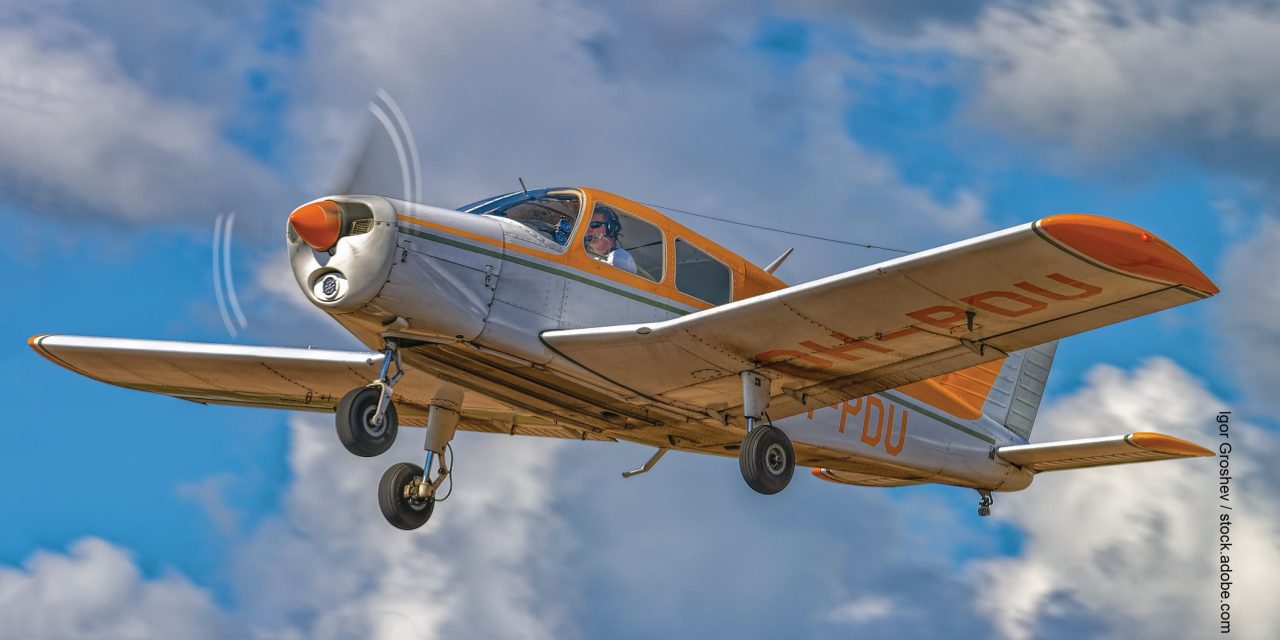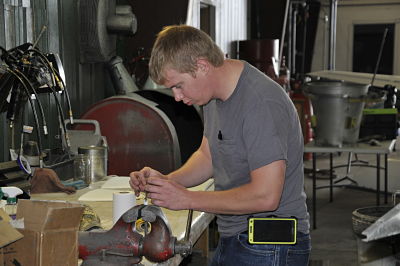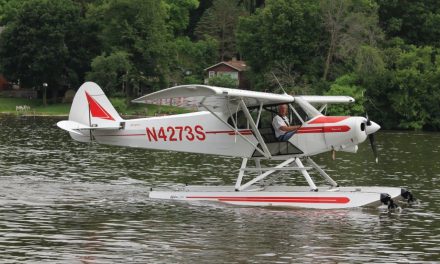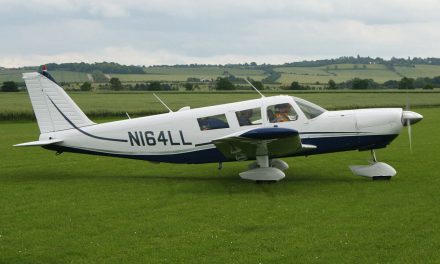Have you ever heard of the word Apteryx? It’s a group of birds that includes the Kiwi, which is native to New Zealand. They’re unique in that they”re among the smallest flightless birds in the world. There are other flightless birds, too, like the ostrich, the emu, and the kakapo. What do flightless birds have to do with aviation? Surprisingly, there are a lot of flightless aircraft. Whether the aircraft needs maintenance or the owner has just run out of money, many planes aren’t flown.
I’ve mentioned many times that I believe the best way to keep your flying costs down and your aircraft in the best condition is to fly as much as you can. Parking an aircraft is hard on both the airplane and your piloting skills. But sometimes things happen. Parts are hard to get, mechanics are booked, or your bank account is empty. Whatever the reason, sometimes your wings get clipped.
What Is “Non-Owned” Insurance?
If your plane can’t fly, what happens to your insurance? Sometimes owners drop insurance until they can fly again. That’s okay if you’re not a senior pilot or the aircraft isn’t unusual. But in today’s market, cancelling coverage while you wait for your situation to change can result in being uninsurable in the future. But whatever you do with your “apteryx,” how do you keep flying? You borrow or rent a plane.
Recently there has been an increase in ads and recommendations to buy renter’s insurance, also known in the aviation insurance industry as “non-owned insurance.” Most underwriting companies call the coverage “non-owned” because the term “renter” isn’t really accurate because a non-owned policy will cover a pilot who just borrows a friend’s aircraft and doesn’t rent it.
You don’t have to rent an aircraft to carry a non-owners policy. You just can’t be an owner of the aircraft because the requirement for the policy is that you can’t own any portion of the plane you’re using the policy to cover. If you’re in a flying club and the members own more than 20% of the aircraft, they’re considered owners. (Typically, if an individual or group owns less than 20% of an aircraft, they’re non-owners for insurance purposes. Check with your broker if you meet the requirements.) If you join a flying club that doesn’t officially have an ownership stake in the plane, you might be required to buy non-owned coverage, and the local FBO where you rent your plane from might do the same. Even aviation insurance brokers recommend it.
How Does Non-Owned Insurance Work?
Non-owned coverage is like surplus coverage. It’s protection for the pilot of an aircraft not owned by that pilot. In an accident, the claims department will first look to the owner’s policy for coverage but if that doesn’t apply, then they look to the non-owner pilot. FBOs have frequently told renters they’re covered. But really, it’s primarily the FBO that’s covered. If you, the renter, wreck the aircraft, the insurance company will pay the owner for repairs. The FBO will subrogate the rights for reimbursement to the insurance company after the claim is settled. But if you’re found liable, the insurance company might sue you for the money they just paid out for the claim. That’s where the “non-owned” insurance policy comes into effect. It’s designed just for the purpose of paying for your liability in someone else’s aircraft.
The Cost of Non-Owned Insurance
For years, non-owned liability and hull protection could be purchased at relatively low prices, which was great for the consumer, but bad for the insurance companies. Claims increased, however, and insurance companies started to lose money, so many insurance companies stopped offering non-owned policies, especially the low-cost ones. I wonder what they were thinking. Most people who bought the non-owned coverage were student pilots learning how to fly or their CFIs training those pilots. Did the underwriters really not expect losses?
Anyway, now there are a few companies that offer separate non-owned policies designed for single-engine, fixed-wing pilots and student pilots. The premiums are all pretty close. There are even non-owned policies available for helicopters and multi-engine aircraft (within limits, of course). Additionally, many aviation underwriters include non-owned coverage in a regular aircraft insurance policy. The next time you buy insurance for your aircraft, the agent will probably tell you that non-owned coverage is one of the included “extras.”
The Basics of a Non-Owned Policy
Whether it’s an add-on or a standalone policy, the coverage requires that you be qualified in the aircraft and that you meet all the FAA requirements. The policy or endorsement needs to cover the particular type of aircraft you’re flying, and you need the permission of the owners. If the pilot criteria are met, you could qualify for non-owned coverage.
Liability levels vary with the company, usually from $250,000 to $1,000,000 in liability for bodily injury and property damage. A non-owned policy is like a regular aircraft policy in that the passenger is usually sub-limited to a lower level such as $25,000 or $100,000.
If the non-owned coverage is an add-on to a primary aircraft policy, the limits are generally the same as the primary policy. There are a few variables in the hull coverage limits in an add-on, such as whatever your insured hull coverage limit is or an alternate stated maximum amount. Note, though, that if all you buy is “liability only” on the aircraft, that’s all you get in non-owned coverage.
Be careful; some insurance companies offer the non-owned add-on, but they make a few stipulations. Some won’t offer coverage in an aircraft that’s different than the insured aircraft. For example, if the insured aircraft is a Cessna 150 but you rent a Cessna 182, you might not be covered. Or if you rent a Warrior, you might not be covered.
Also, if you have the aircraft insured in more than one name (you and your best friend), there might not be any coverage. If you have the aircraft insured in a corporate name, again there might not be any coverage. There are many variables, so make sure you read the policy. And like other policies, look for coverage that is “per passenger” and make sure family members aren’t restricted.
QUESTIONS TO CONSIDER ABOUT NON-OWNED INSURANCE
- Do you rent, borrow, or are you a member of a
flying club? - If you have aircraft insurance, does your current
policy include non-owned coverage? - Is your plane insured as a corporation, partnership,
or LLC? If so, can you add non-owned insurance
coverage to the policy? - If you’re an owner/member of a flying club
plane, do you own less than 20%? Make sure to
check with your non-owned policy to make sure
you have coverage. - Does the FBO or flying club require a minimum
amount of coverage you need to buy? - Does your non-owned coverage cover the type of
plane you’re using?
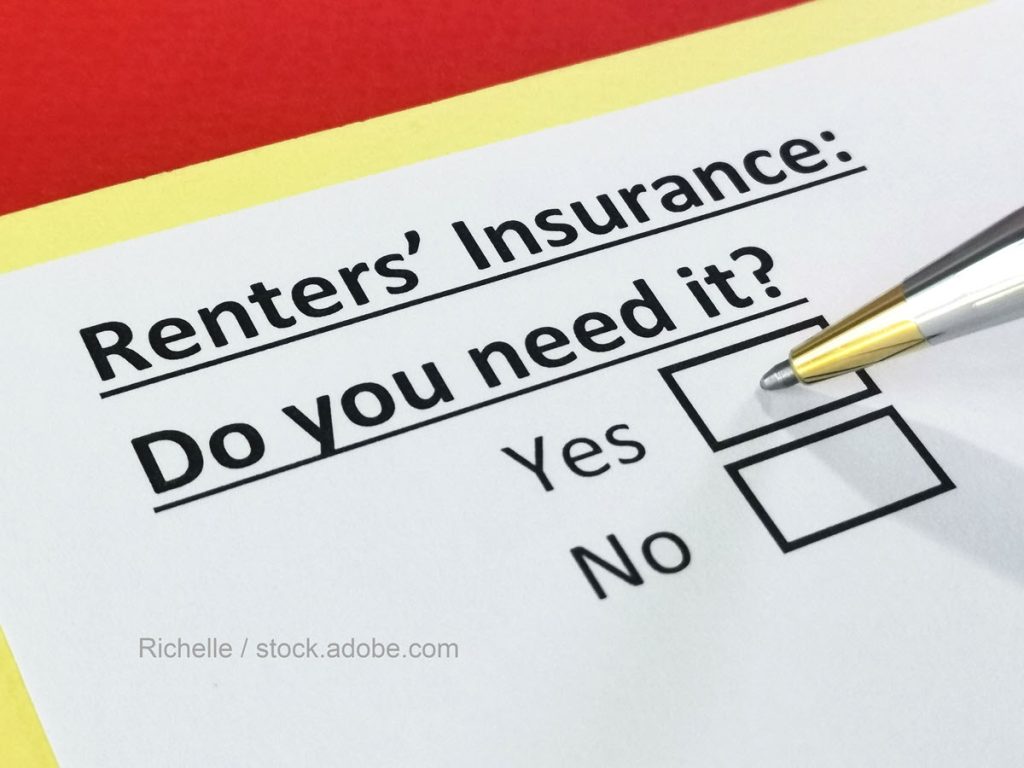
The other portion of a non-owned policy is the hull coverage. Non-owned hull (liability) coverage is usually sold in increments: $1,000, $5,000, $10,000, or more. This is the expensive part of a non-owned policy. The prices run from $75 annually on up. Sometimes you can pay more for a non-owned policy than for a primary policy for a plane you own.
Since the hull liability is expensive, you must decide how much to buy. Many will tell you to buy enough to cover the FBO’s deductible. But as discussed earlier, the insurance company can still come after you for the rest.
Another option has been to buy coverage for the most expensive aircraft you fly. If you fly a new 172 or Warrior, you’ll be paying over $1,200 a year for protection. A better solution might be to buy enough coverage for about 50% of the hull value of the aircraft you fly. This would cover most of the mishaps that would happen. If the plane was totaled, you might have to negotiate, but there should be some salvage value to work with.
If you rent from an FBO, check to make sure that you’re covered. Sometimes the FBO has additional non-owned coverage included, but they usually won’t tell you, and it might not provide enough coverage for the plane you’re renting. Ask them, and if they don’t know, ask them to find out. Their customers should know how much protection they have.
If you’re a member of a flying club, make sure the listed pilots are protected from the insurance company, and find out what kind of coverage is available. You might need non-owned coverage.

